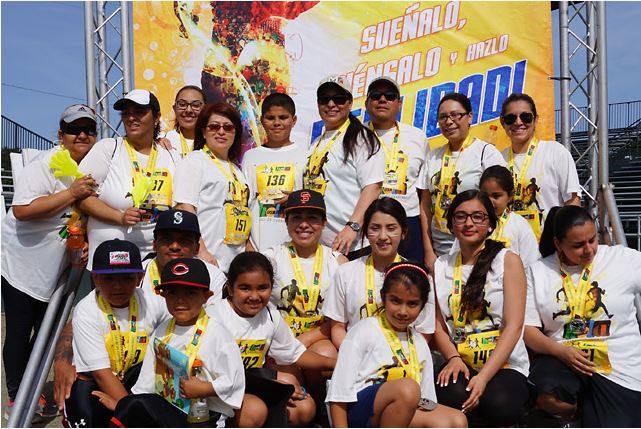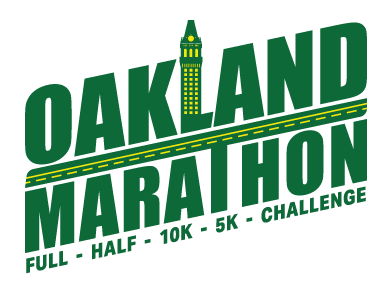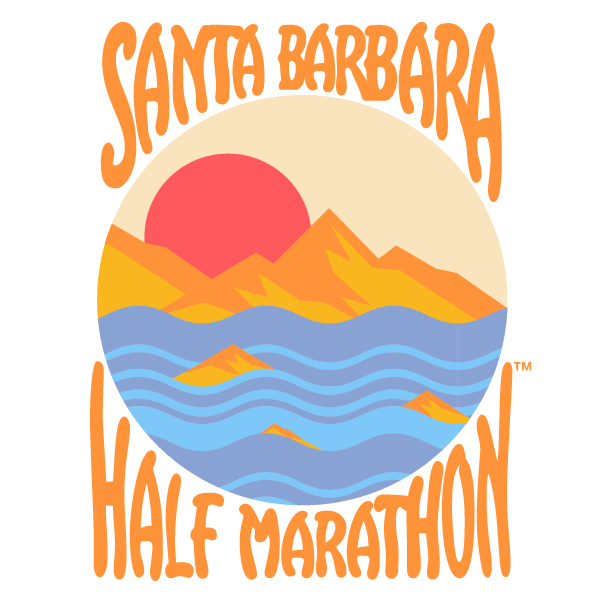Race seems to be on the front brain of the national media with cases of police brutality and places like Ferguson imploding for weeks on end. Now, even Starbucks seems to be in the hot seat for taking a chance on their #racetogether campaign. The coffee maker was encouraging baristas to write the hashtag on customer’s cups amongst other content on their social channels. Assumingly, they were simply trying to start a conversation amongst their followers and employees. Then the entire Internet seemed to backlash against the corporate attempt at trying to start a viral moment over a social issue.
In truth, I tend to put my head in the sand. Sometimes it’s on purpose to avoid the pundits and talking heads starting fires or trying to put out blazes that never existed. However, I think many of us ignore the topic of race because it clutters our “to do” list. We check off “pick up the kids” and “finish the proposal,” but “give some thought to an undercurrent of injustice” doesn’t always make the cut. Road races have never shunned people of color, but it’s never looked all that fun either. From cultural preference, intimidation, and a lack of expendable income, there are plenty of potential factors to blame for the homogenous landscape in the running industry.

“It’s been a long time, a long time coming. But I know a change gonna come, oh yes it will. – Sam Cooke (A Change is Gonna Come)
Admittedly, as 34-year-old white dude from a surf town, racism rarely finds me. To make matters even whiter my world is distance running. A bit of track and field, elite marathoners, road race production, brand consulting and short shorts. Top to bottom it’s what we do. But finally it looks like the real world and the runner’s world (wink wink Bart Yasso) are coming together. It’s an obvious homonym, but I’m compelled to use it. Race. Race and Race. I’m also really excited that I finally got to reference a homonym.
There are new races in running and we’re not talking about the new color, mud, or obstacle craze. I’m talking about African-Americans, Latinos, and Asians fully hitting their stride on the trails and roads across the country. Only a few years ago I was at our annual industry conference, Running USA, and there was a lot of talk about the potential of expanding the sport to new communities. It is not like people of color had been completely absent from distance running, but they were vastly underrepresented. A past Western States 100 Champion, Geoff Roes, wrote a similar article around trail running years ago. At the time there did not seem to be a concrete answer to his concern over the lack of diversity. Now we might have some.
“Oops… I almost forgot. I won’t be able to make it fellas. Veronica and I trying this new fad called uh, jogging. I believe it’s jogging or yogging. It might be a soft j. I’m not sure but apparently you just run for an extended period of time. It’s supposed to be wild.” – Ron Burgundy (Anchorman)
While the running industry attempted to attract diversity, the real growth would come from leaders within minority communities. And right now there is no group more exciting than Black Girls RUN! College friends Ashley Hicks and Toni Carey have created a tidal wave. It’s a beautiful tidal wave of black women that is inspiring chapters all across the country. They are focused, expanding, enthusiastic and a treasure for each locale they inhabit.
“Coming together and a creating positive and supportive environment that encourages women to come out, and assure them that they are not alone, strengthens the run community,” said Kandra Ellis, BGR! Phoenix Co-Ambassador. “Seeing women of color on the pavement coming out and demonstrating that we do take our health seriously can at the same encourage other people to be more welcoming ambassadors for running.”
Ashley and Toni got into running to stay in shape. By then sharing their experience and inviting other women to join them, they created an opportunity for others to participate and now it’s 150,000 members strong. That’s NO JOKE and apparently now Black Girls RUN! They made it more than ok; they made it their own.

Latinos are not to be left out of this race into racing boom. In California alone, at least 38.4% of the population identifies themselves as Latino or partially Latino. A Mexico City based events company, Sport Circuits, recognizes this demographic as future runners. In 2014, they launched the Hola Run Series (author’s note, my company handles race production for the San Jose event) celebrating Latino culture, featuring a bilingual website, and overall making the race day experience more familial. Plus, a tamale for all finishers. That’s the beauty of new cultures in an old industry. Not only is the new demographic a business opportunity, more than anything it feeds a hunger for healthy options.

Then you have the future runners. One benefit that has come out of the second running boom is the participant’s belief in supporting health and wellness amongst our youth. Two groups that have done this exceptionally well is Running for a Better Oakland (RBO) and Mini-Mermaids. Both concentrate on providing free after school running programs for low-income youth. They train, receive motivational messaging, and play games, not to mention they are exploding with diversity.
“RBO is not striving to change the face of road racing; we are striving to introduce a non-traditional sport as a healthy outlet to more youth,” said Claire Blaney, RBO Executive Director. “Typically, over 90% of Running for a Better Oakland participants are young runners of color, as are over 50% of volunteers. RBO has made great connections in the Latino community and has improved outreach in Spanish but we are still striving to enrich our diversity to better reflect the demographics of Oakland, namely, by increasing the number of African American and Asian American youth.”

“You don’t tell people to dance. They dance when they feel it,” said me. (Could have sworn someone said a quote like this, but I can’t find it so I’m claiming it)
Those are success vignettes but each is just the beginning of a stream trying to fight its way into the bigger running river. So yeah, I still don’t think you can tell people to dance, but it’s sure a lot easier to feel like dancing when the music’s good, the people are inviting, your dance shoes are on and the cover charge isn’t too much.
That’s what Black Girls RUN! and other groups are doing. When you speak the same language as the band, you’re more likely to understand them and maybe the people on the floor will be exposed to new culture as well. This is important because there is something special about sport that creates an even more powerful experience when it’s shared. In the moment, we forget whom we’re playing with; then we smile, maybe compete and most importantly support each other. So I suppose we can start cause marketing campaigns around clever hashtags or we can just race together.





